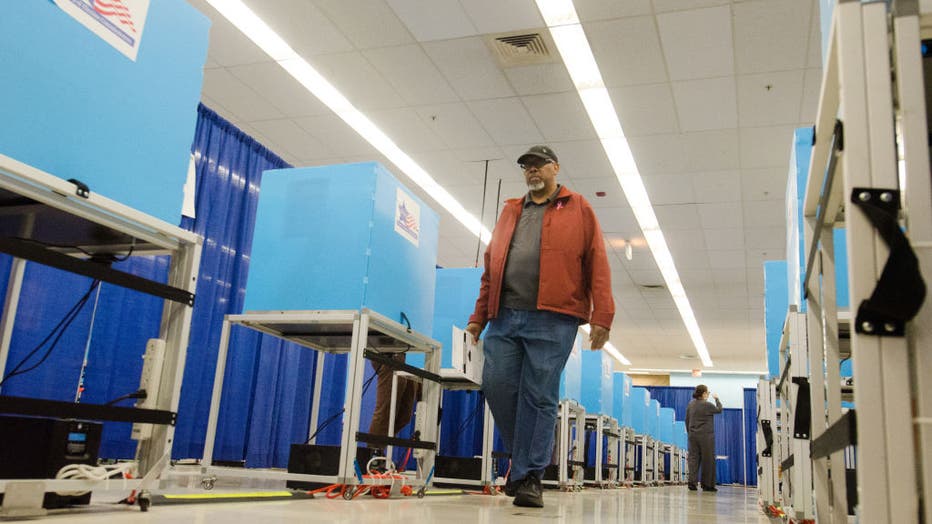White, wealthy Cook County residents more likely to vote on tax proposals: analysis
COOK CO., Ill. - Cook County residents who are white, wealthy and who own their homes are more likely to vote and determine the outcome of ballot questions that raise taxes, according to a new analysis.
The Cook County Treasurer’s Office released the findings of its analysis this month to show just how few voters decide whether to raise new taxes on residents and increase government debt.
Cook County Treasurer Maria Pappas used the findings to urge residents to turn out and vote during the upcoming local election next Tuesday, April 1.
The few decide for the many
By the numbers:
Pappas' office analyzed 35 referenda on the ballot last year.
It found that wealthier residents were more likely to vote in those elections. In Cook County’s wealthiest taxing districts, the average turnout was 60%, compared to only 34% in districts where the median household income fell below the county median of $81,797.
The analysis found that white residents were also more likely to vote. On average, turnout in majority-white districts was more than 20 percentage points higher than in majority Black, Latino, and majority-minority districts.

CHICAGO,ILLINOIS,UNITED STATES - NOVEMBER 5: Citizens cast their votes during Presidential General Election at Supersite polling station in downtown Chicago, Illinois, US, on November 5,2024. (Photo by Jacek Boczarski/Anadolu via Getty Images)
People who own their homes were also more likely to vote. In taxing districts where 80% or more of residents own their home, the average turnout was more than 55%. In districts where more than 20% of residents rent, the average turnout was just 30%.
"Rising property taxes always anger property owners. Despite that, most don’t vote in referendums that determine whether their taxes go up or down," Pappas said in a statement.
Another way in which overall voter participation decreases is what the analysis called "drop-off" voters, or when a voter doesn’t fill out the referendum questions that tend to be listed further down the ballot.
In Cook County, the median drop-off rate for the primary and general elections was about 6.2%, according to the treasurer’s office.
Why you should care:
The release of the findings comes just days before another local election is set to take place next Tuesday, April 1.
Tuesday's election will feature multiple taxing ballot questions as well.
Local consolidated elections during off years tend to have lower turnout rates, Pappas' office pointed out.
"If the Treasurer's findings are any guide, little will have changed and only a few will still decide for the many," the analysis said.
Early voting is already open for Tuesday's election. Visit the Cook County Clerk's Office for more information.
A tale of two suburbs
Dig deeper:
In a summary of the results, the treasurer’s office highlighted two examples to illustrate its findings, one referendum in a low-income south suburb and another in a high-income suburb in the North Shore.

CHICAGO,ILLINOIS,UNITED STATES - NOVEMBER 5: Citizens cast their votes during Presidential General Election at Supersite polling station in downtown Chicago, Illinois, US, on November 5,2024. (Photo by Jacek Boczarski/Anadolu via Getty Images)
The Robbins Park District asked voters last March to approve a tax increase. The district is in an area where the median household income is about $38,000 and less than 73% of residents own their home.
While the tax increase was rejected, only 14% of registered voters weighed in, one of the lowest turnouts in the primary election, according to the analysis.
By comparison, in Kenilworth, a majority white North Shore suburb where the median household income is above $250,000 and more than 97% of residents own their homes, voters were asked to approve a $2.5 million bond issuance.
The turnout rate was 33% for the March primary, more than twice the turnout rate in Robbins.
You can read the full analysis on the Cook County Treasurer's Office website.

